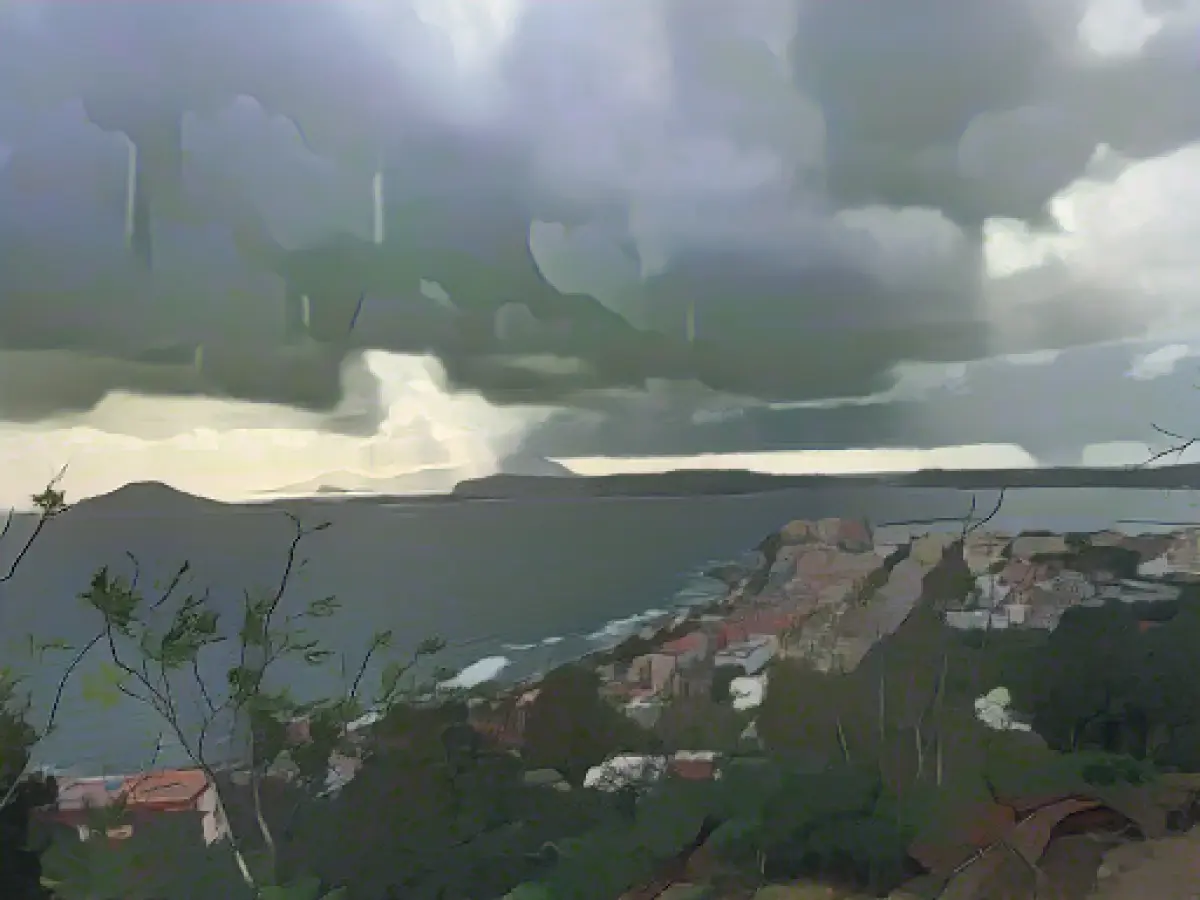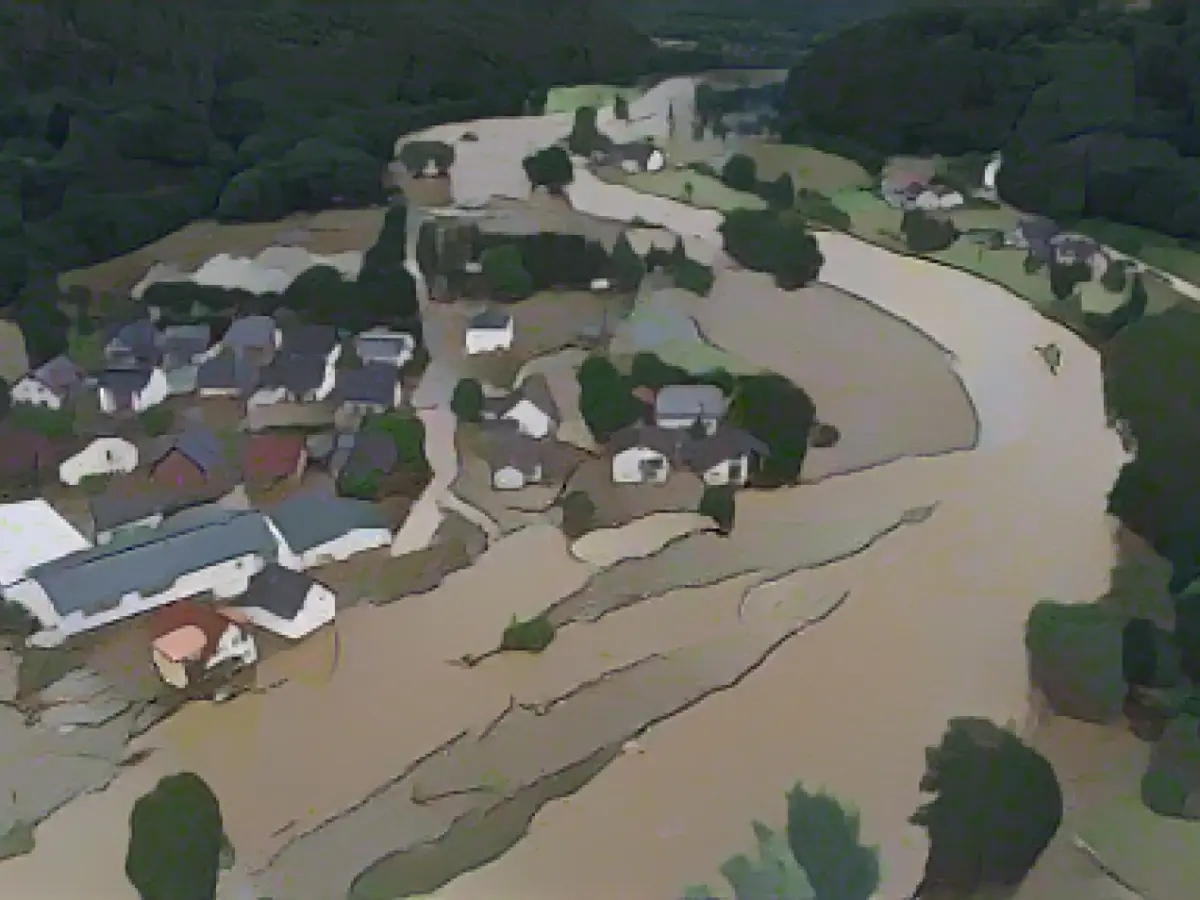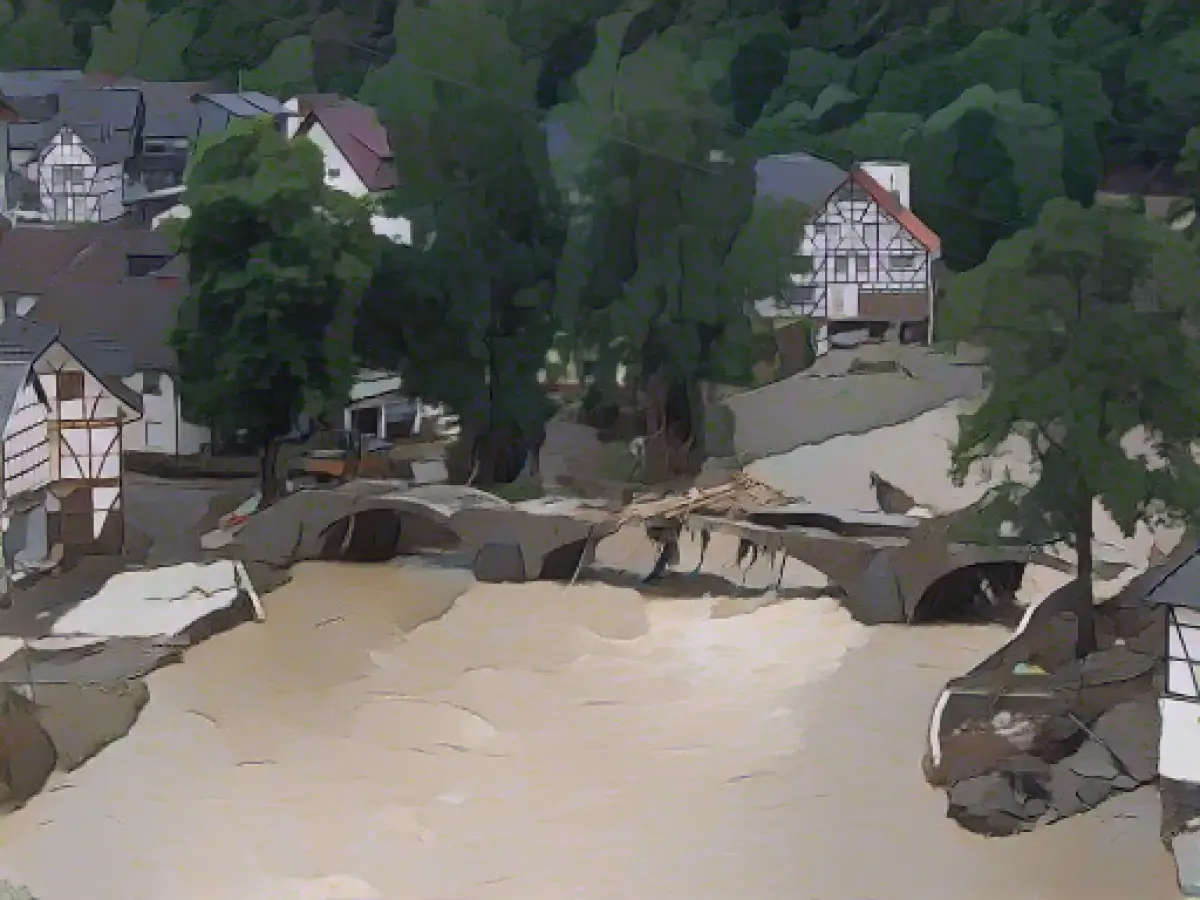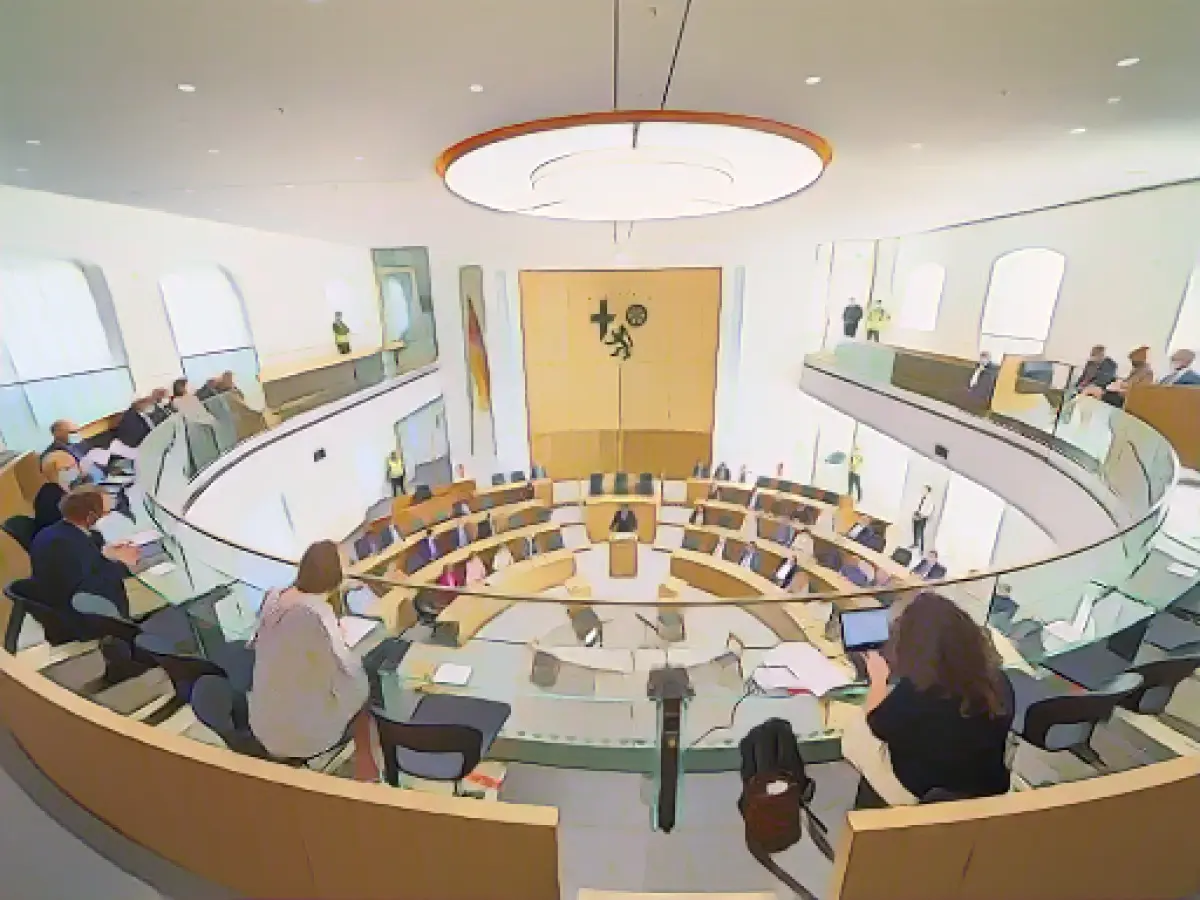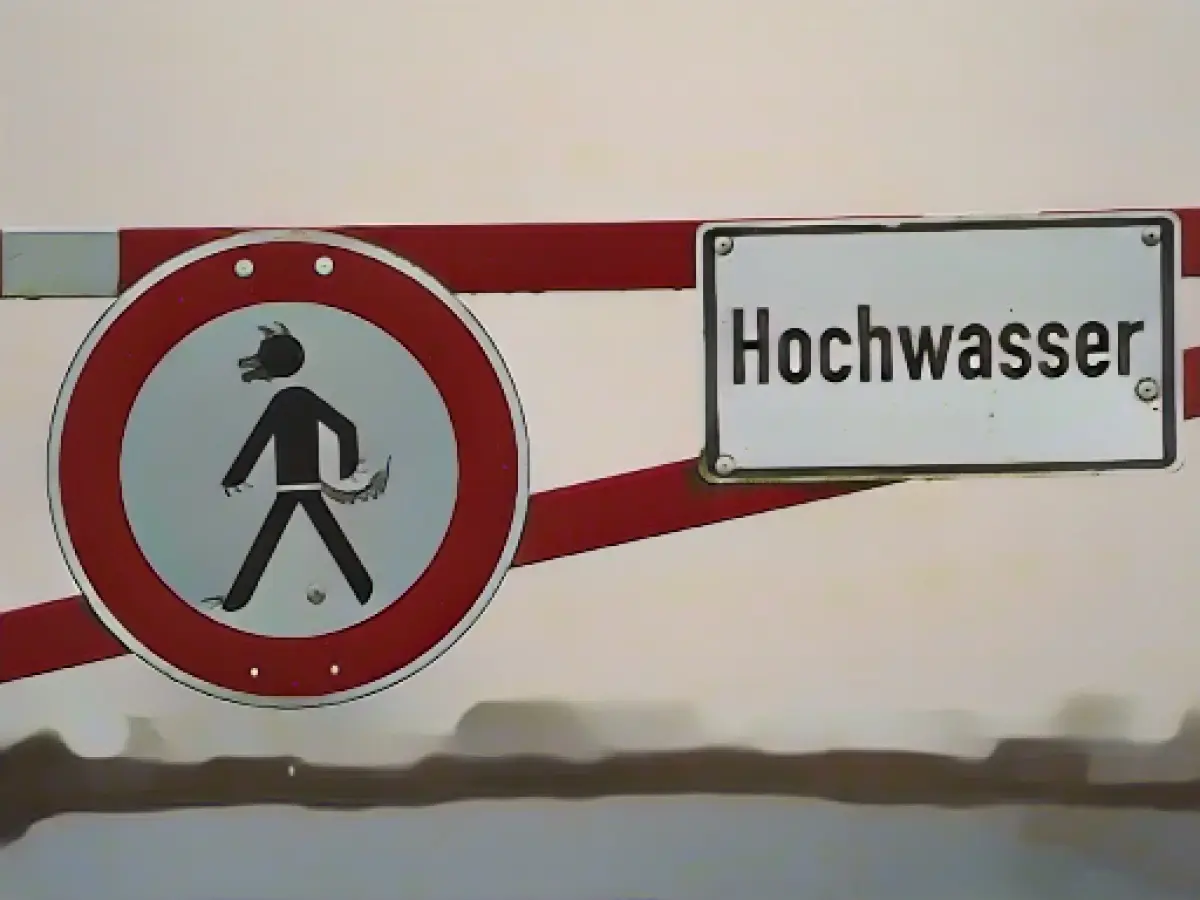Volcano Fears: Unsettled Naples and the Dangerous Campi Flegrei
Walking into Montefusco Spinesi, you'd hardly expect much excitement. The artificial pitch, surrounded by crumbling concrete stands, seems like any ordinary Italian soccer field. But it's where locals play, amidst the buzz of Europe's most dangerous volcano - Campi Flegrei. The area's eruptive history is marked by a stench that's a constant reminder, and lately, it's been even more so.
The west of Naples' bustling metropolitan has been plagued by frequent earthquakes - over 1500 since September 2023. While these quakes have merely been minor tremors, lasting just a few seconds each, the recent magnitude 4.2 tremor in the region has fueled a real sense of foreboding among local residents. Gerardo Cerino, a man of 55 years, has witnessed the fear creep in over his hometown residents, "We've grown up here. But for a couple of weeks now, the fear is palpable."
Campi Flegrei, translating to "Burning Fields," has a long and turbulent reputation as an active volcanic zone. Science prefers the more restrained title, "Phlegraean Fields," but the prevalent danger lurks hidden beneath the earth. A vast 150 square kilometers of dents, craters, and sulfurous vents, most of which lie beneath the sea.
On the mainland, the risks are most evident in the port city of Pozzuoli. The ground in the city bubbles, hisses, and smokes in pockets like the Solfatara crater. The Solfatara used to be a luring tourist destination until 2017 when a couple and their 11-year-old son perished within the field. This grim event necessitated closing the site to visitors, but the entry is still breathtaking - intimate crater fields surrounded by nothing but abundant blue sea, and a high-end lodge bearing witness.
The last time Campi Flegrei erupted was in 1538 when the ground rose almost half a meter over 70 years as magma surged up. Today, much like then, the land has been swelling slowly as magma builds beneath it. The most noticeable sign of the increased ground deformation? Pozzuoli's port quay walls have grown by a few meters, making it hard for fisherman to dock their boats.
Looking to maintain a vigilant watch, scientists have hoisted their efforts up at the National Institute of Geophysics and Volcanology (IGNV) in Naples. Geophysicist Giovanni Macedonio, standing before a screen displaying real-time activity in the region, assured that the volcano is rigorously monitored. Most experts maintain that the ground will continue to bulge before reaching a breaking point.
But experts remain weary of assigning an exact time or likelihood of an eruption. The Campi Flegrei, known for its supervolcanic tendencies, is characterized by overwhelming magma chambers and powerful blasts. "We won't know unless it happens," said Macedonio, "but we'll be ready. We've got 48 hours to evacuate the town."
In the past, the region has been on yellow alert, indicating heightened vigilance. In August 2022, Italy's right-wing government hiked its alert level for Campi Flegrei to orange, most likely due to the increasing earthquakes and stealthy swelling. As a result, the government has already allocated an additional 52 million euros to the region's civil protection, readying for potential danger.
Housewife, Silvana Di Dio, has been preparing for an emergency, packing an emergency kit within reach, should sudden evacuation be required. She, along with her neighbors, shares the uneasiness that plagues residents of this restive landscape. "We live here, love our community, but we must be ready."
Although the danger in Campi Flegrei is ever-present, life continues unabated. Soccer matches are still played, supermarkets remain open, and daily life moves along, with as much normality as the restless land will allow.
